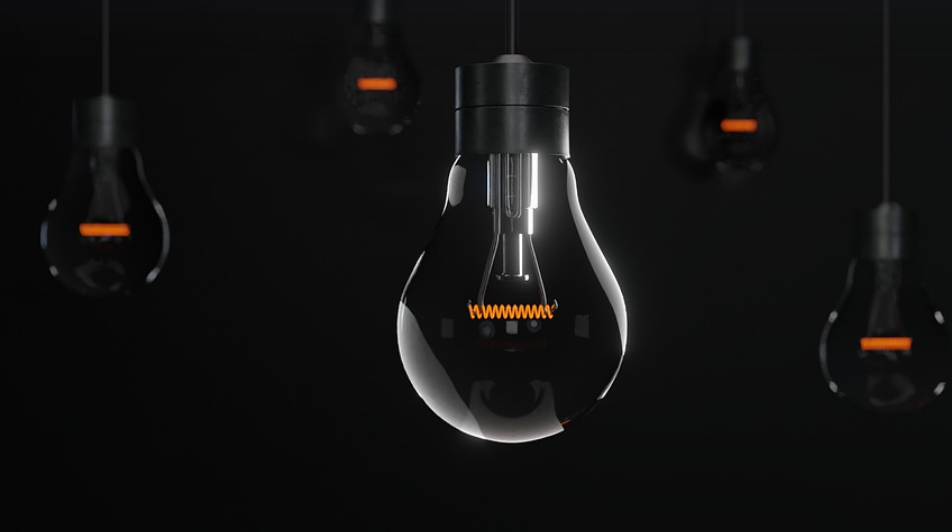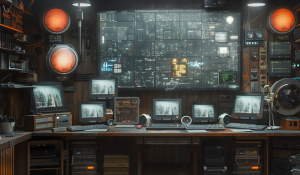
Setting Sail on a Scientific Voyage: What’s Behind Lab 1?
So, you’re embarking on your first scientific adventure? Awesome! It feels kind of like being a detective, but instead of solving crimes, you’re unraveling the mysteries of how things work. That’s the beauty of science—it’s an ongoing quest to understand our world and everything in it.
What Makes Lab 1 So Special?
Lab 1 is your gateway drug into the magical world of the scientific method. It’s designed to give you a taste of what makes science work, from experimenting with ingredients on your kitchen table to understanding how observations lead to conclusions. It’s about learning by doing and seeing for yourself how the principles of the scientific method play out in real life.
The Pillars of Scientific Inquiry
The scientific method is like a blueprint, guiding you through every step of your journey. Let’s break it down into its core elements:
**1. Ask the Question:**
Before going on any adventure, you need to know where you’re headed! The question is your starting point. It needs to be specific and focused enough that you can explore it thoroughly.
**Example:** You’re curious about the impact of sunlight on plant growth. Instead of “Do plants grow better with sunlight?”, you could ask, “How does the amount of sunlight affect the growth rate of sunflower seedlings compared to those grown in the shade?” This question is more concrete and allows for focused investigation.
**2. Formulate a Hypothesis:**
Now that your destination is clear, you need a plan! Your hypothesis is essentially an educated guess about what might happen—it’s like a starting point based on existing knowledge and observations.
**Example: ** You hypothesize that sunflowers will grow taller in areas with more direct sunlight. This prediction is testable and gives you a direction for your experiment.
**3. Design Your Experiment:**
Before diving into the adventure, you need to plan your route. You’ll need to figure out how you will test your hypothesis—this is where design comes in! The experiment should include: **control group** (the standard for comparison), **independent variable** (what you’re changing), and **dependent variable** (what you are measuring).
**Example:** You can set up two groups of sunflower seedlings. One receives direct sunlight, while the other is kept in the shade. This gives you a control group for comparison against your experimental group.
**4. Collect and Analyze Data:**
Your scientific journey is about observing! Collecting data means carefully recording every observation—whether that’s measuring the height of the sunflower seedlings or taking photos to document their growth.
**Example: ** You’ll record the height of each seedling at regular intervals. This will give you a tangible measure of your hypothesis’s success.
**5. Draw Conclusions:**
Now it’s time to review your findings! What do you observe? How do the data relate to your initial guess? You might conclude that your sunflowers did indeed grow taller in areas with more sunlight. This is a scientific conclusion based on evidence and analysis.
**Example:** Your experiment confirms your hypothesis—the sun-loving sunflowers grew taller than those grown in the shade, as predicted! You’re officially on the right track to understanding this phenomenon.
**6. Communicate Your Findings:**
Now that you’ve uncovered your scientific secrets, it’s time to share them with the world! You can write a report, give a presentation, or even just chat with your friends and family about the interesting insights you’ve gained.
Lab 1: A Launching Pad for Scientific Exploration
So there we have it—the magic of Lab 1. It’s not just about following a list of steps, but about learning to formulate questions, think creatively, and use data to answer them! You might even discover some new facts along the way!
Ready for Your Scientific Adventure?
Lab 1 is just the beginning—the world of science is vast and exciting. Don’t be afraid to ask questions, explore different fields, and dive into the amazing mysteries that await you.


